CBAM EU carbon tariff
Legal overview
In 2019, the European Green New Deal was launched, with the priority of turning Europe into the first climate-neutral continent. In 2021, the European Commission put forward a series of proposals on climate, energy, transport and tax policies, with a view to reducing net greenhouse gas emissions by at least 55% compared with 1990 by 2030 (Fit for 55). By 2050, achieve carbon neutrality while decoupling economic growth from resource use.
Carbon Border Adjustment Mechanism (CBAM), also known as carbon tariff or carbon border adjustment tax, refers to the implementation of strict domestic climate policies, import or export of high-carbon products to pay or refund the corresponding tax or carbon credits.
Adoption of CBAM will encourage non-EU countries to reduce their emissions and prevent the risk of Carbon Leakage to reduce global greenhouse gas emissions, making a significant contribution to the implementation of EU and global climate targets.
Time flow of CBAM
EU carbon tariffs can be divided into transition period and post-transition period before they are formally implemented. Following the passage of the new Act of the European Parliament, the transition period is adjusted to 1 October 2023 to 31 December 2026,
Start the official implementation in 2027, one year later than the original bill (originally planned for January 1, 2026). From January 1, 2027, as a transitional period, carbon tariffs will be formally imposed on related products imported into the EU. After the transition period, the phasing out of free allowances under the EU Emissions Trading System and the simultaneous use of CBAM will gradually decrease the number of free allowances granted to all EU industries protected under the EU-ETS (European Union Emissions Trading System), culminating in the elimination of all free allowances in 2032.
How to impose carbon tariffs?
1. Collection mechanism
October 1, 2023 (transition period) : During the transition period, you only need to declare the import volume of the product and the carbon emissions of the product, without paying any fees. During this period, importers should report quarterly one month after the end of each quarter (the first report is due by January 31, 2024).
January 1, 2026 (implementation period) : Enterprises need to report the annual carbon emission data of imported products, and also need to pay the corresponding carbon emission fee. The free carbon credits will be reduced year by year, in line with the phasing out of the EU-ETS free credits.
January 1, 2035 (formal implementation phase) (100% quota exemption implementation phase) : Enterprises need to report the annual carbon emission data of imported products and pay the corresponding carbon emission fee in full.
2. Scope of collection
From a country perspective, CBAM only exempts imports from some non-EU countries that have joined the EU emissions Trading System, or countries linked to the EU carbon market, including Iceland, Liechtenstein, Norway, Switzerland and five EU overseas territories, and does not give special treatment to developing countries and least developed countries.
From the perspective of the industry, with the continuous modification of the program, the scope of EU carbon tariffs is also expanding. Under the latest proposal, EU carbon tariffs are currently imposed on a wide range of sectors including electricity, steel, cement, aluminium, fertilisers, organic chemicals, plastics and hydrogen and ammonia products. With the continuous advancement of carbon tariffs, the scope of the levy will gradually expand to all sectors covered by the EU emissions trading system.
3. Accounting scope
Carbon emission range: includes only direct emissions from the production process and indirect emissions from the electricity consumed in the production process
Calculation rules different from ISO 14064 and product carbon footprint
CBAM data filling requirements
In addition to the basic information declaration requirements such as the name of the production facility and geographical location, CBAM requires the following key information of the product to be declared: embedded carbon emissions of the product Indirect embedded carbon emissions of the product The carbon cost paid by the producing country CBAM reports the types of greenhouse gases covered include CO2, N2O and PFCs.
The services we provide
Zhongbang has extensive carbon service experience and expertise to provide comprehensive carbon solutions to help it meet the challenges of CBAM and sustainable development.
- • CBAM Emission data accounting
- • CBAM Technical Regulation Training
- • CBAM Emission Improvement Analysis
- • CBAM GHG Verification Report
- • Life cycle assessment: Product Carbon Footprint (PCF), Product Environmental Footprint (PEF)
- • Product Low-carbon Certification: Environmental Product Declaration (EPD certification)
- • Recycled materials certification: ISCC Plus certification, GRS certification, RCS certification,
- • Supply chain sustainable information disclosure: organizational carbon inventory, CBAM data filling, CDP climate questionnaire filling, EcoVadis certification, SBTi certification, ESG report preparation
- • Registration system construction and physical examination pre-examination consulting service
Zhongbang is one of the earliest institutions in China to engage in compliance consulting services. It has a senior expert team composed of PhDs, Masters, and Bachelor's degrees, and has established branches in the UK, the United States, South Korea, Beijing, Shanghai, Suzhou, Fuzhou, Shenzhen, and other places, forming a global service network layout.
-
Strong technical strength:
A strong team composed of mid to senior technical personnel with professional backgrounds in chemistry, food nutrition and health, medicine, biology, toxicology, environment, and other fields
-
International service level:
A business elite team with multiple languages including English, Japanese, German, and Chinese, efficiently serving international customers
-
Rich compliance experience:
With years of experience in global product and regulatory research in multiple fields, we are able to provide comprehensive and high-level compliance consulting support to various customers
-
Localized service capabilities:
Having multiple branch offices in the UK, USA, South Korea, Beijing, Shanghai, Suzhou, Fuzhou, Shenzhen, etc., we can provide you with services nearby
Service Hotline :400-115-9001
Zhongbang Consulting (Shandong Zhongbang North Management Consulting Co., Ltd.) focuses on product registration and compliance consulting services. With its professional technology, diverse resources, and global network, we are committed to providing regulatory consulting and environmental regulation response services for pharmaceutical, chemical, consumer goods production enterprises, and large multinational corporations. To solve the environmental, health and safety laws and regulations, product quality standards, and other issues faced by enterprises in production, sales, and global trade processes.
Accumulated Customers
18,000+
Distributed in 35 countries and regions
14year
Industry experience
260+
Senior expert team
15+
Subsidiaries
300+
Collaboration Cases
Brand Cases
The choices and trust of over 18000 customers are the driving force for Zhongbang to continuously improve its services. We are willing to grow together with these excellent enterprises
Service Hotline:400-115-9001



























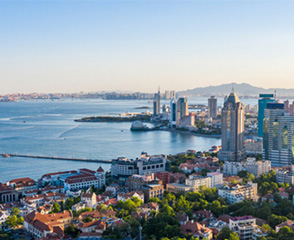
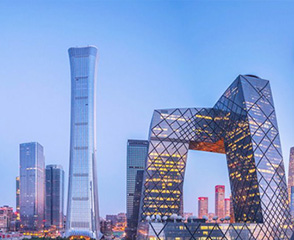





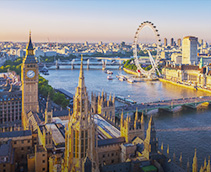





























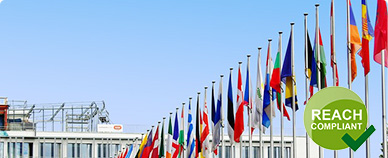
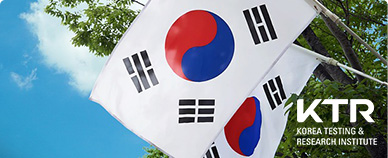
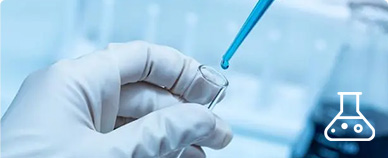
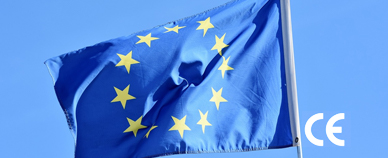


 Consultation
Consultation
 400-115-9001
400-115-9001